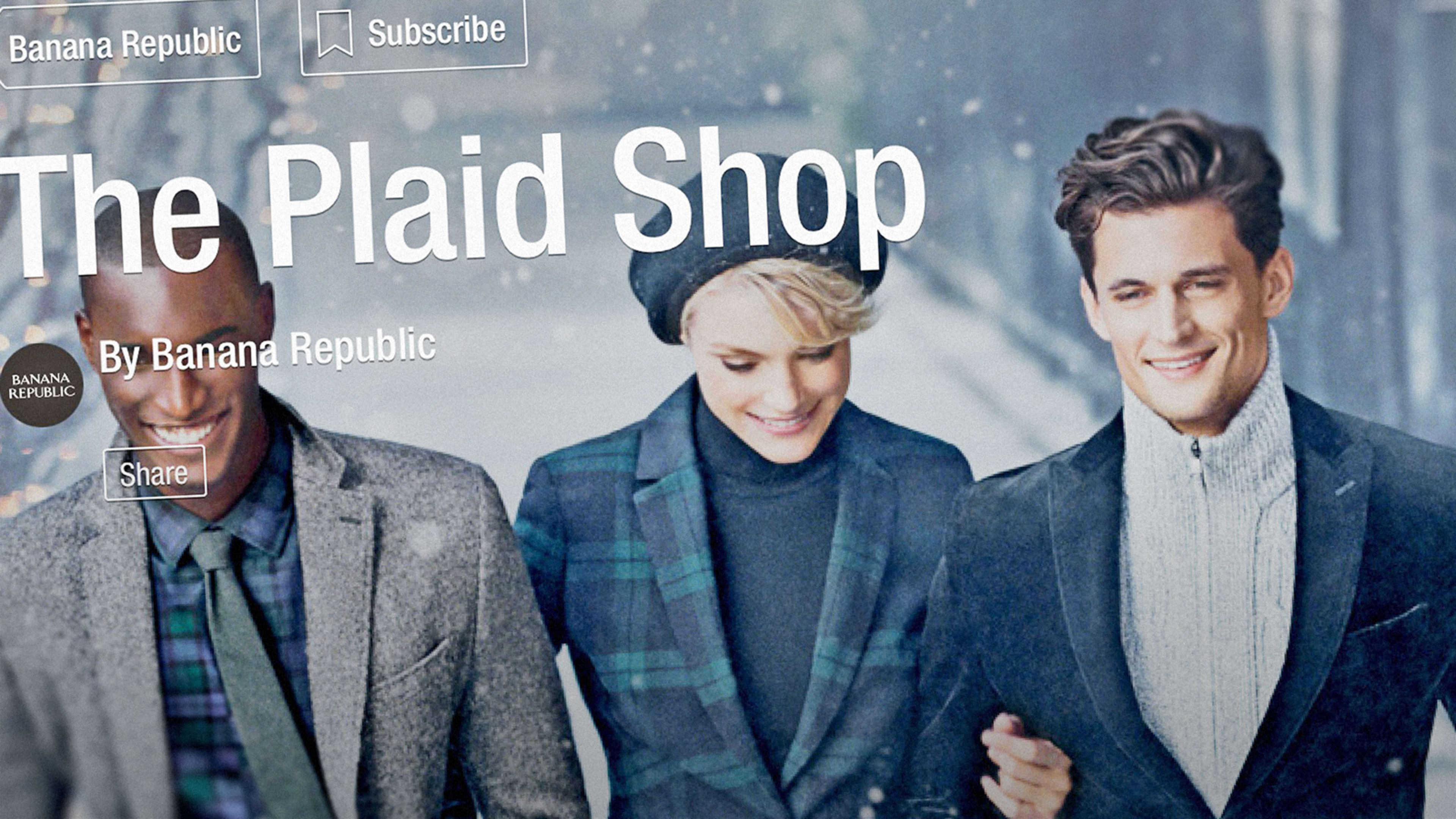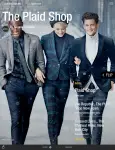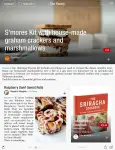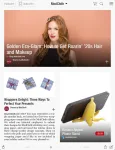Flipboard, the personalized magazine app, is known for its high-quality news and social content. With its elegant format and simple curation tools, the service has grown to 90 million users. Now, the company aims to open up that massive audience to a new, potentially lucrative vertical: e-commerce.
Today, Flipboard unveiled its shopping experience, giving users the ability to follow magazines that curate products or even create their own. Just as users could take advantage of Flipboard to keep up with their social feeds or to stay on top of political or tech news, they’ll now have the option of browsing through a whole category of shopping magazines–like a Sears catalog for the iPad era, continuously updated and tailored to your tastes.
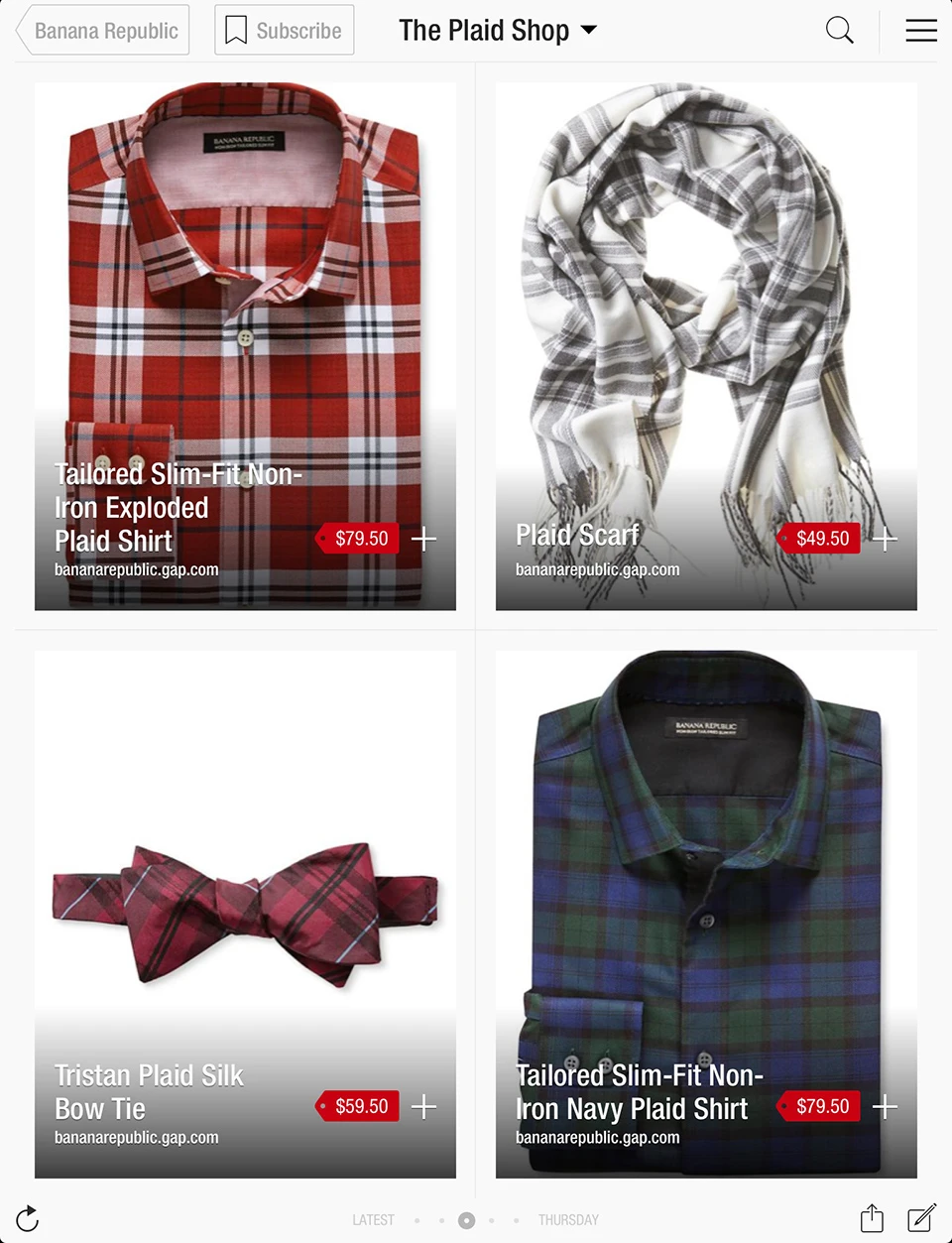
Flipboard’s shopping vertical works the same way as it does for news. Publishers, brands, and users can pull together products from around the web with the click of a button, and instantly create their own glossy, digital shopping magazine on Flipboard. See a lovely scarf for sale on a boutique website? Just use Flipboard’s bookmarking tool to automatically add it to your Flipboard magazine devoted, say, to winter style. Followers leafing through your collection can easily purchase the item through Flipboard with just a few clicks.
At launch, Flipboard’s editors are working to curate a set of shopping magazines. The company has also partnered with brands such as Banana Republic and eBay, as well as celebrities like chef Daniel Boulud and actress Alyssa Milano, who will create their own custom shopping zines. Flipboard CEO Mike McCue is especially excited about the potential for user-generated content; the Flipboard community has already created millions of Flipboard magazines geared toward an endless number of niches. Expect its shopping category to be similarly specialized. “Great gifts for kids for the holidays; great books; great things for outdoor hiking; things for home and garden,” says McCue ticking off possible shopping magazine ideas.
But McCue is careful to avoid heralding Flipboard as the next great online retailer. Rather, he feels the shopping experience is just another form of content curation. The company plans to work with outside retailers like Fab much in the same way it works with outside publishers like the New York Times.
After all, McCue adds, the company isn’t changing it advertising-based business model. “We’re not taking any credit cards and we’re not doing anything with affiliate fees for the time being,” he says. “Our thinking here is that this is going to create a lot of incentive for brands to advertise on Flipboard.”
In other words, the more eyeballs Flipboard’s magazines attract, the more they’ll become coveted spaces for brands to share their goods and ads. The more users start following Banana Republic’s Flipboard magazines, for example, the more likely it is that J.Crew will want to follow suit and create its own premium experience on Flipboard too.

It’s one reason why McCue sees Pinterest as a potential partner, not a competitor. With its new shopping feature, Flipboard will undoubtedly draw comparisons to Pinterest, where users curate products by “pinning” them to its website. (There are also a handful of startups that have positioned themselves as the “Flipboard of shopping,” though none have made much headway.)
“While there’s some overlap, they’re just used for different use cases,” McCue says. “People go to Flipboard to see pictures of their kids; news updates; stuff about the industry that they’re in; and the products that they like, all in a single place. You could imagine that Pinterest would be exactly the type of company that we could partner with to have some of its content show up in Flipboard, just like we do with Twitter and Facebook. And we’d make sure that engagement goes right back to Pinterest, just as we do with Facebook and Twitter.”
Flipboard’s shopping experience isn’t without kinks. Because the company is willing to work with so many affiliate partners, the shopping experience itself is fragmented. When you find an item on Flipboard that you want to purchase, the app will bounce you, say, to Burberry’s website to complete the transaction. It’s the major pain point of the service–and it feels un-Flipboard-like.
McCue realizes there’s room for improvement and says that “once we build up enough momentum,” the company can “optimize…the transaction [experience].” He also indicates that the company is exploring whether it could “pull it together in a single shopping cart” experience.
“Ultimately, it will be Amazon or Fab completing the transaction,” McCue says.
For now.
Recognize your brand’s excellence by applying to this year’s Brands That Matter Awards before the early-rate deadline, May 3.
